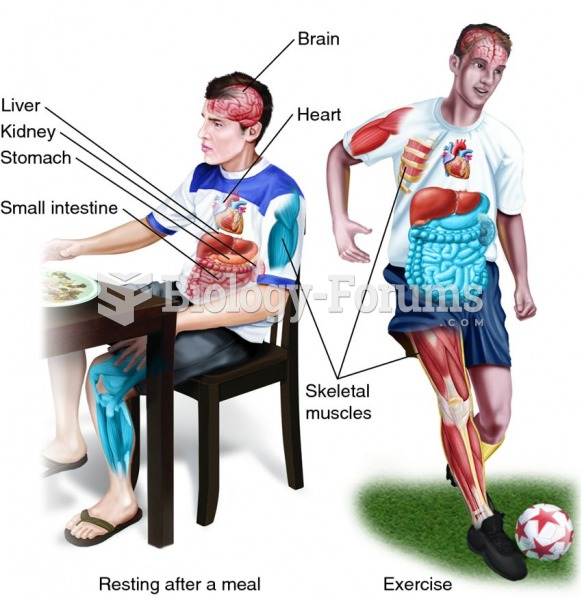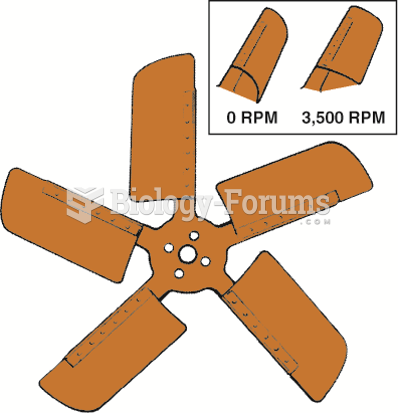This topic contains a solution. Click here to go to the answer
|
|
|
Did you know?
There are actually 60 minerals, 16 vitamins, 12 essential amino acids, and three essential fatty acids that your body needs every day.
Did you know?
Drugs are in development that may cure asthma and hay fever once and for all. They target leukotrienes, which are known to cause tightening of the air passages in the lungs and increase mucus productions in nasal passages.
Did you know?
By definition, when a medication is administered intravenously, its bioavailability is 100%.
Did you know?
Illicit drug use costs the United States approximately $181 billion every year.
Did you know?
Approximately 500,000 babies are born each year in the United States to teenage mothers.







